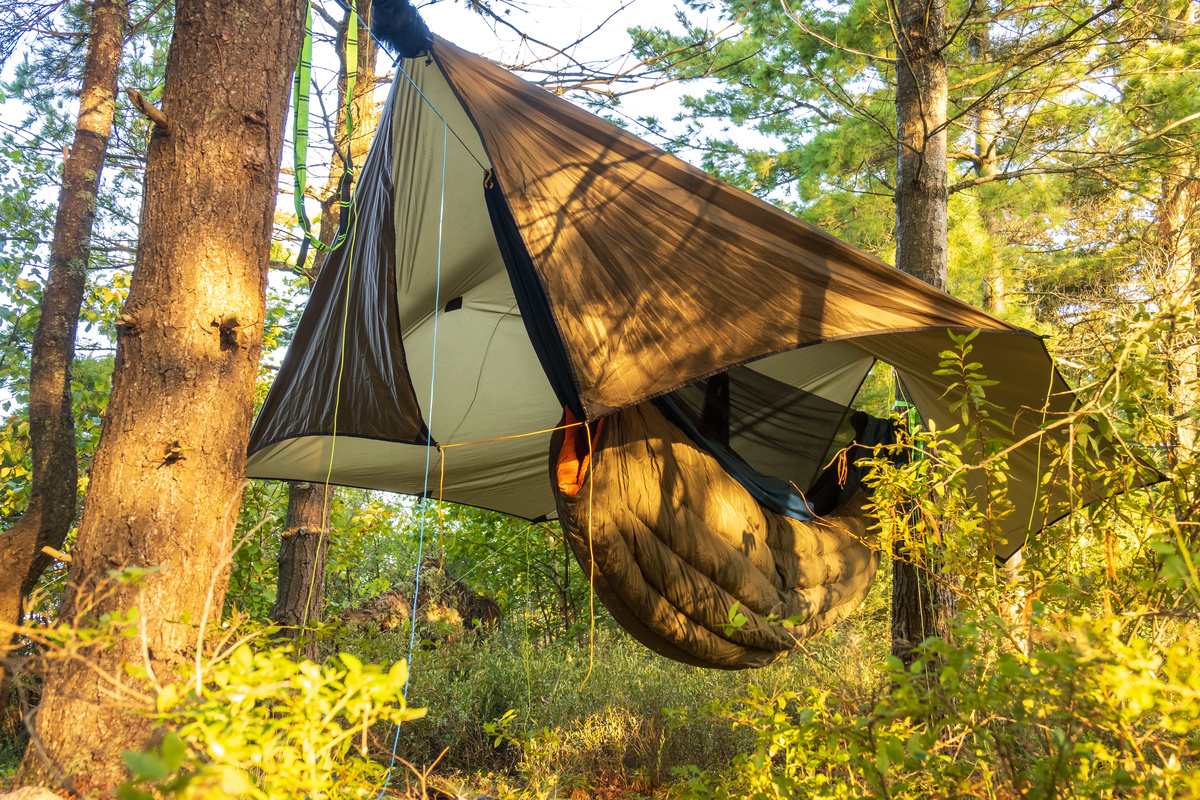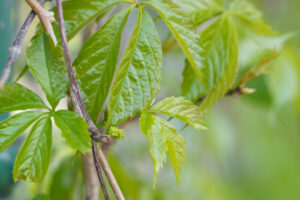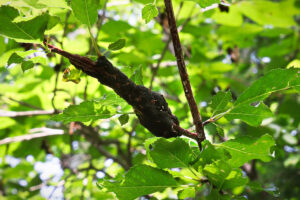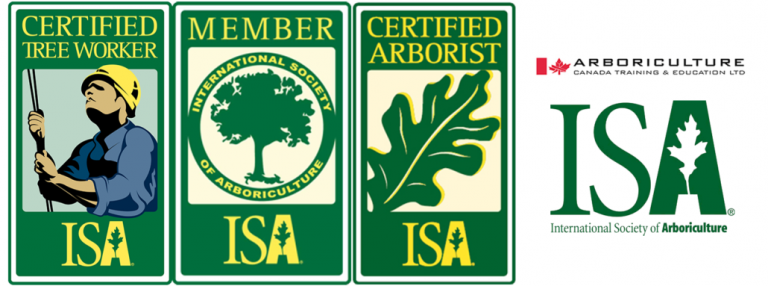Imagine being suspended between two towering hardwoods, swaying gently above the forest floor or your backyard grass. No ants in your sleeping bag. No rocks jabbing your back. Just crisp air, a full view of the stars, and the soft creak of trees in the wind. Welcome to tree camping—a new way to sleep outside that’s as practical as it is Instagram-worthy. Whether you’re an adventurous solo camper looking for an off-the-grid camping experience, or a family of 4 hanging out in your backyard, camping off the ground is a game-changer. But if you’re going to do it, you have to do it right—for your safety and the health of the trees.
What Is Tree Camping?
From backyard trees to backcountry forests, if you’ve got strong trunks and wide straps, you’ve got a campsite. Tree camping swaps your tent pegs for tree straps. Using a camping tree hammock, suspended camping tents, or a full-on tree tent, you anchor your shelter directly to strong trees.
These options literally elevate you, helping you avoid common camping issues like damp ground, uneven terrain, or pests and bugs. There’s no need to clear brush or flatten dirt upon departure, helping to leave less trace and enjoy more flexibility when choosing where to camp.
How To Tree Camp
Before you get too excited, it’s important to note that not all trees are ready to support your summer getaway. The best trees for camping are ones that are mature and healthy. Look for maple, oak, beech, and white pine as sturdy options. If you’re tree tent camping in Ontario, you’ll find ideal trees in mixed forests and crown land.
Looking to camp a bit closer to home? Start with your yard trees to see if they are viable options for your first tree tent camping experience. You’ll want to space your tree camping hammock 10-15 feet apart, using strong, thick trunks. When choosing your tree, check that it’s free of fungus or any obvious root damage.
Avoid:
- Softwoods with peeling bark, like poplar or spruce trees.
- Young trees that are still growing.
- Leaning or cracked trees.
Check the internal structure and stability of a potential summer tree by tapping on it. If it makes a hollow sound, find another tree for your tree top camping. If you wouldn’t trust it to hold your body weight mid-air, don’t rig your setup to it. Bottom line: If you wouldn’t climb it, don’t camp from it.
Tree Camping Gear
Tree camping isn’t the time to test a bargain hammock from a big box store. You need gear that holds tension and your weight. Below, we’ve included must-have items for your next tent tree camping excursion:
- Tree hammock for camping – look for triple stitching, 400+ lb weight rating.
- Tree camping tent with a rainfly.
- Tree-friendly straps – minimum 2” wide to protect bark.
- Insulated sleeping pad.
- Spare carabiners and quality anchor systems.
Optional add-ons include slackline-style anchors or pulleys if you’re going vertical or need extra tension. Consider bug netting or solar-powered lights to boost comfort and keep pesty summertime mosquitos at bay.
Tree Camping Health and Safety
Camping in trees isn’t just about finding a sturdy limb—it’s about understanding that trees are living structures, not furniture. A single night of poor rigging can permanently damage a tree, leading to bark damage and long-term stress that can affect tree growth; or worse, leave the tree vulnerable to disease or structural failure.
Use suspension gear made for camping—not backyard lounging—and inspect your setup often. Always pick a safe drop zone that is clear of rocks, stumps, or water hazards beneath. Whether you’re camping in your backyard or deep in the woods, taking these precautions helps protect both you and the trees you’re relying on.
Our do’s and don’ts checklist offers helpful pointers to keep both you and the tree safe before, during, and after your outdoor experience:
Do:
✔ Use wide straps to prevent bark compression.
✔ Check tree integrity before you anchor.
✔ Keep your center of gravity low and stable.
Don’t:
✘ Screw or bolt into the trunk.
✘ Overload or tip your setup.
✘ Avoid high winds or storms.
Elevate Your Next Adventure
Camping in trees isn’t just a trend—it’s a better way to experience the outdoors. You get higher views, cleaner setups, and the thrill of sleeping closer to the canopy. This summer, take your adventures to new heights. Tree tent camping in your backyard? Our certified arborists can inspect your yard trees, assess their health, and recommend safe, sustainable rigging points for summer camping fun. Contact us today!






